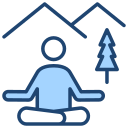Find Your Quiet: Guided Meditation and Yoga for Relaxation
Chosen theme: Guided Meditation and Yoga for Relaxation. Settle in, slow down, and let gentle guidance meet soothing movement. This home page brings you calm practices, relatable stories, and science-backed tips. Stay with us, subscribe, and breathe your way toward ease, one soft step at a time.
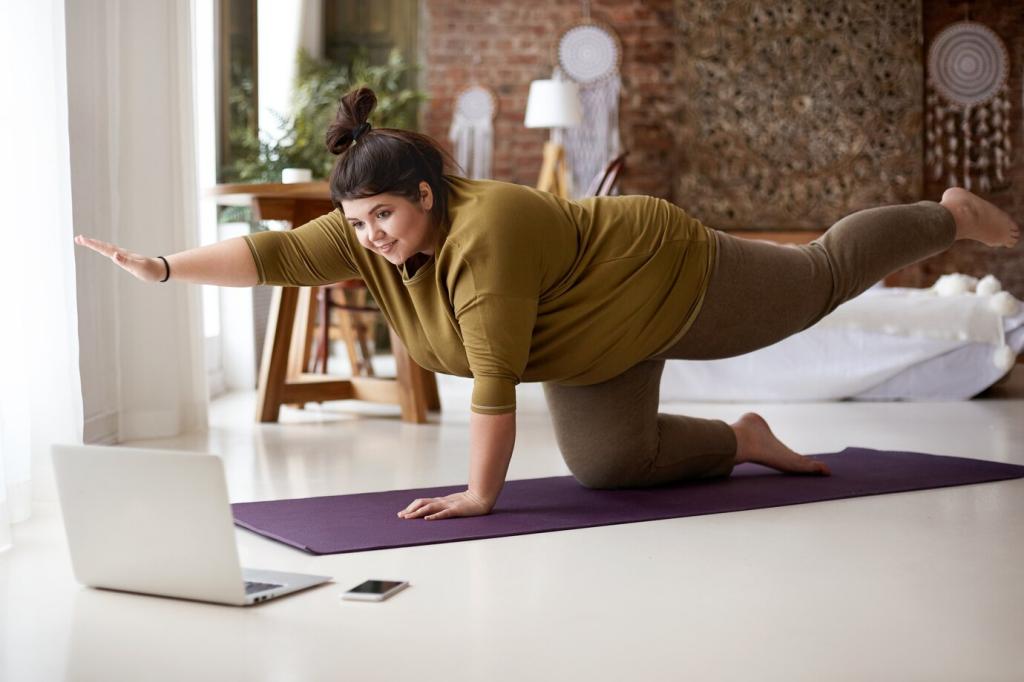
Start Here: What Guided Relaxation Really Feels Like
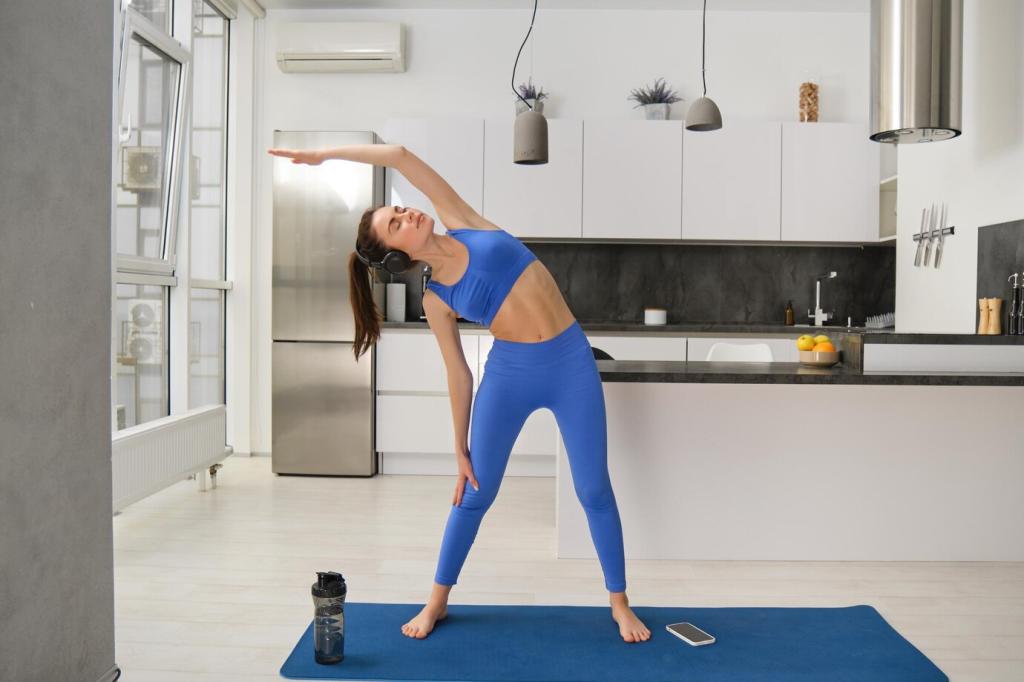
Breathe, Move, Receive
In guided meditation and yoga for relaxation, a steady voice cues your breath and simple postures. You do less, feel more, and listen inward. Think slow inhales, longer exhales, and restful shapes that welcome ease. Allow support, release effort, and notice how calm naturally arrives.
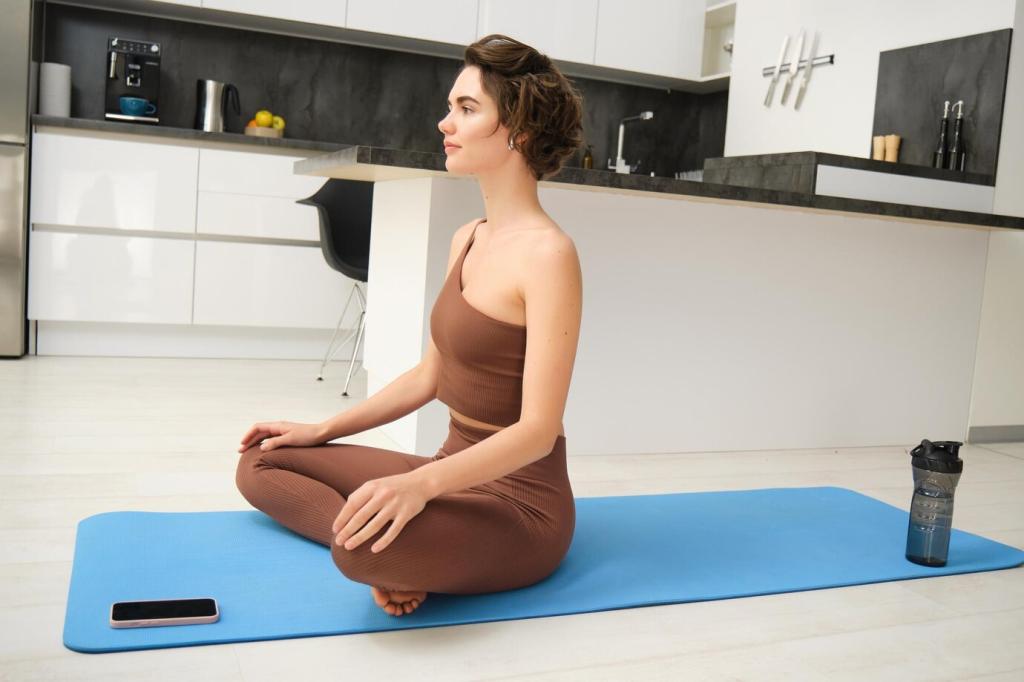
Prepare a Calm Space
Choose a quiet corner, dim a lamp, silence notifications, and lay out a mat, pillow, or folded blanket. Keep water nearby. Let your space signal rest to your nervous system. Share your favorite relaxation nook with us in the comments, and inspire another reader’s peaceful setup today.
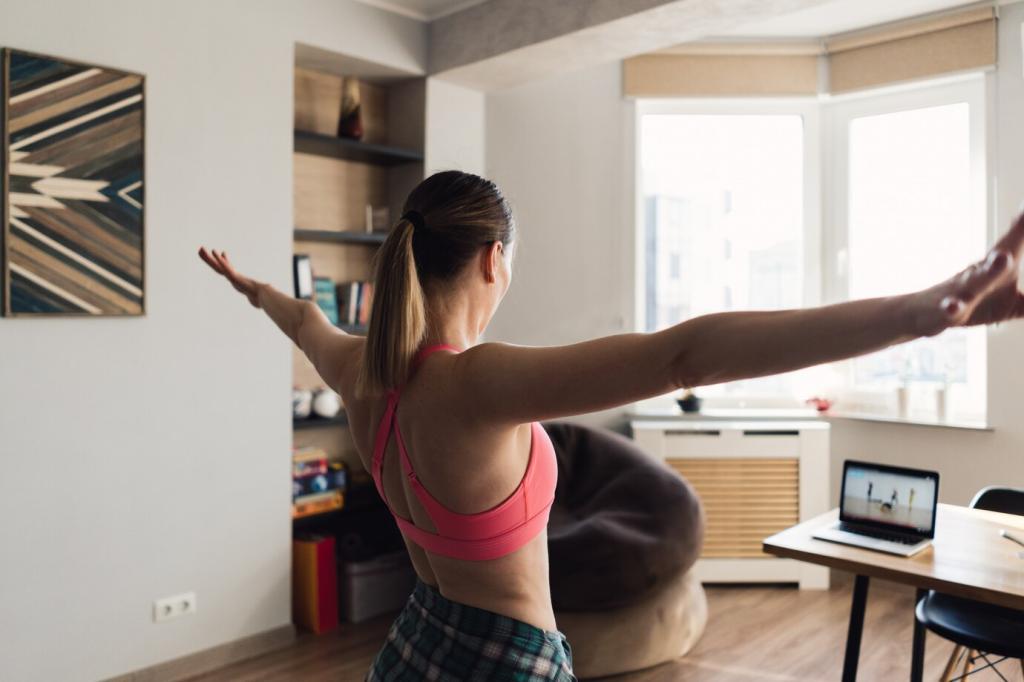
A Gentle 10-Minute Flow
Begin seated with three slow breaths, then cat–cow to soften the spine. Ease into child’s pose, then a brief supported forward fold. Finish lying down with a body scan. Move without strain, skip anything uncomfortable, and notice one word that describes your state. Subscribe for guided audio to follow.
The Science of Soothing: Breath, Posture, and the Nervous System
Why Slow Exhales Work
Long, unhurried exhales can stimulate the vagus nerve, nudging the body toward parasympathetic calm. Try inhaling for four, exhaling for six or eight. Over time, this simple pattern reduces muscle tension and mental chatter, making relaxation more accessible during guided practices and everyday moments of stress.
Restorative Shapes and Heart Rhythms
Supported postures reduce effort, which can encourage steadier breathing and heart rate variability—an indicator linked with resilience. When you let props carry you, the nervous system gets a clear cue to settle. Guided cues keep attention gentle and present, reinforcing calm through repetition and compassionate focus.
Sleep, Mood, and Digestion
Consistent guided meditation and restorative yoga can ease rumination, support deeper sleep, and aid digestion by downshifting stress responses. Many practitioners report fewer restless nights and brighter mornings after a few weeks. Tell us if your sleep changes; your story may encourage someone starting tonight.
Stories from the Mat: Everyday People, Real Calm
After a week of late shifts, Maya tried a 12-minute guided body scan in legs-up-the-wall. She felt her jaw soften by minute three, tears by minute nine, and a surprising steadiness after. She wrote, “It felt like someone turned down the volume.” Share your first calm breakthrough below.
Guided Scripts You Can Use Right Now
Lie down, place one hand on your belly. Inhale softly; exhale longer. Move attention from forehead to jaw, shoulders, chest, belly, hips, legs, feet. Whisper the word soften on exhale. If thoughts wander, return kindly. This guided meditation and yoga for relaxation script welcomes rest without striving.
Guided Scripts You Can Use Right Now
Set a 12–15 minute timer. Lie comfortably, choose a heartfelt intention like, “I am safe to rest.” Rotate awareness through body parts slowly, then notice breath as waves. End by sensing the whole body at ease. Journal one sentence afterward, and share it with our community if you feel called.
Sound, Scent, and Ritual: Multisensory Calm
Music and Silence
Soft, slow-tempo music can cue steadier breathing; silence can feel spacious. Try instrumental tracks around sixty beats per minute, or a nature soundscape. If sound distracts, choose quiet. Tell us which soundtrack settles you, and subscribe for our seasonal playlists designed to soothe without stealing focus.
Aroma With Awareness
If you enjoy scent, try a single drop of lavender on a tissue, not the skin, and keep ventilation in mind. Some prefer unscented calm. Always prioritize comfort and accessibility. Share your experience to help us curate safe, inclusive tips for relaxation that welcome every body and sensitivity.
Closing Rituals
End each session the same way: hands to heart, whisper thank you, sip water, write one sentence about how you feel. Consistent closings teach the body, “We are done and safe.” Comment with your favorite ritual and subscribe for our gentle post-practice reflection prompts.
Build a Compassionate Routine You’ll Actually Keep
Pair your practice with an existing cue: after brushing teeth, before lunch, or right when you park after work. Keep it short to start. One song length counts. Tell us your anchor idea, and subscribe for a printable habit map that makes tiny steps feel obvious and doable.
Build a Compassionate Routine You’ll Actually Keep
Use a simple calendar dot or a friendly app reminder. If you miss a day, notice without judgment and begin again. Progress is how you feel, not streaks. Share one change you’ve noticed—better sleep, softer shoulders—and uplift newcomers who need proof that gentle practices truly work.
Build a Compassionate Routine You’ll Actually Keep
Relaxation grows in good company. Invite a friend to a weekly guided session, comment your goals, or join our newsletter for check-ins. When support is steady, rest becomes normal. Subscribe now, and reply to our welcome email with your preferred practice length so we can tailor tips.
